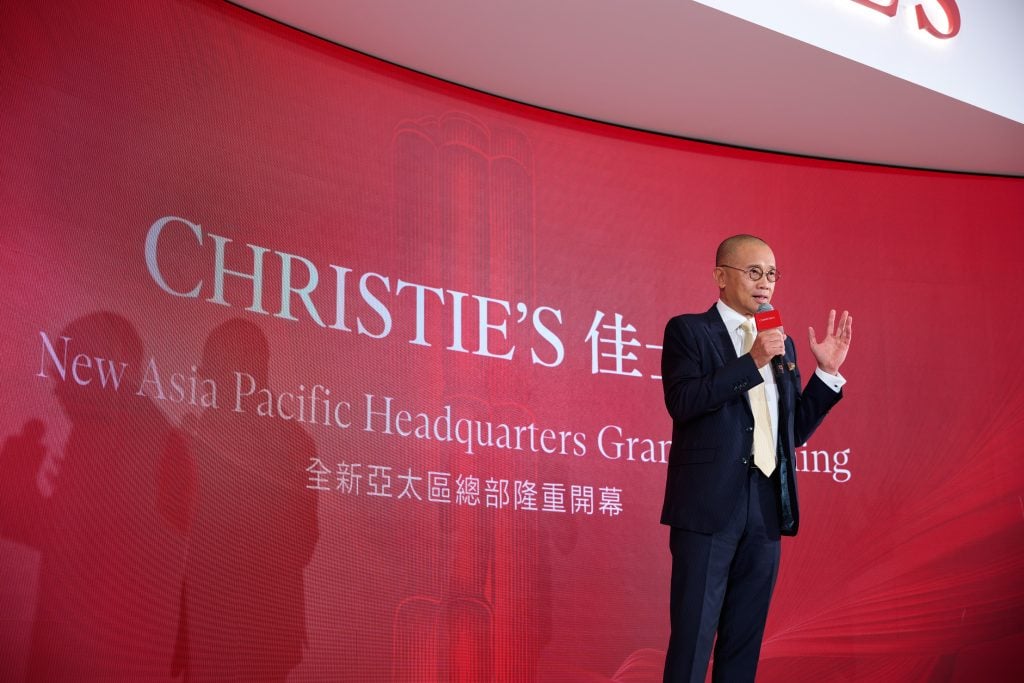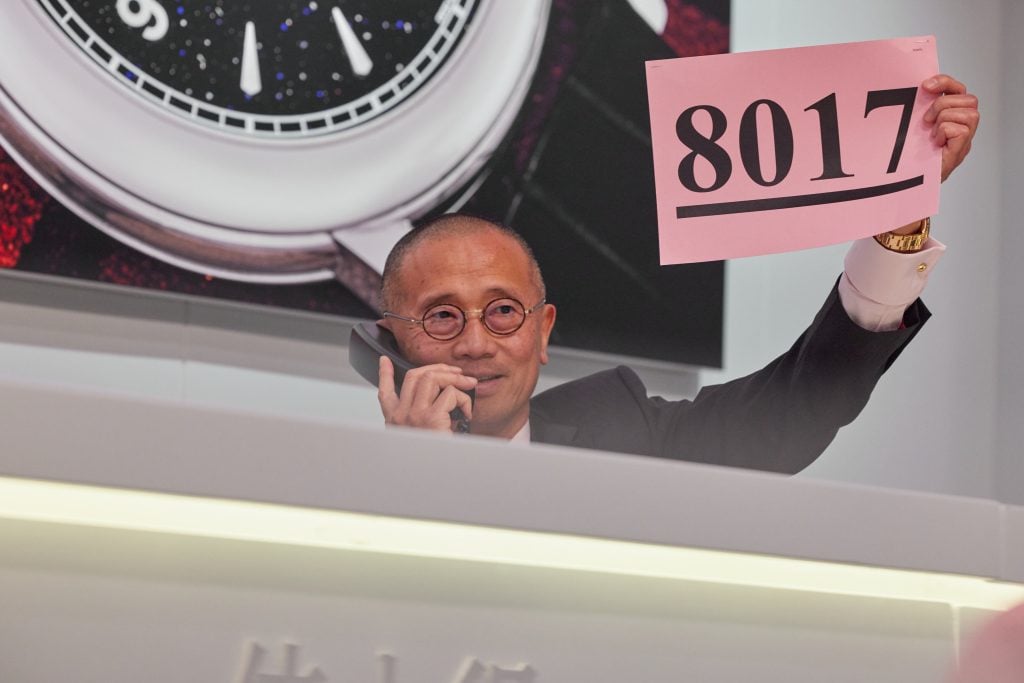Market
Christie’s Asia Chairman Kevin Ching on the Secret to Success in the Art Industry—and the State of Play in the Market
'If your collection is just mediocre, it’s not the time to sell,' he said.

'If your collection is just mediocre, it’s not the time to sell,' he said.

Kevin Ching

The View From is excerpted from The Asia Pivot, Artnet Pro’s biweekly members-only newsletter providing mission-critical analysis, insights, and exclusive intelligence on developments in Asia’s art markets, with a focus on business opportunities and challenges. Subscribe here to receive it directly to your inbox.
Kevin Ching joined Christie’s as its chairman in Asia in 2023. He was Sotheby’s CEO in Asia for 15 years until he retired from the position in 2021. He is also a renowned collector of jade and is a lover of Chinese art and literature.
A lot of people think that, for auction houses, exquisite objects are the most important part of their business. But my personal experience tells me that the objects may not be the most important thing. The people we work with are of equal importance, if not more.
Wonderful, valuable, and precious artworks are always around, but if the people who own them don’t give them to you, then it’s over. In the auction world, relationships are often ignored or not given the same weight as business, but they have paramount importance.
Some auction-house staffers just spend time with collectors before and after sales, but I prefer taking a long-term view. Some young collectors who demonstrate great potential and have a great eye and passion might become great collectors one day. Some collectors may be known for not being interested in selling, but who knows? One day, for a million reasons, they might want to sell. Circumstances change.
When I talk about relationships, internal relationships with your colleagues and your teammates across different departments are equally crucial. They can offer you immense support.

Kevin Ching in the sale room. Courtesy Christie’s Images Ltd.
I am 68. I am very grateful that Christie’s gave me this role. In return, I must deliver some sales, and I would like to claim that I play a very significant role in making the sales, especially Chinese art sales. First was last autumn’s sale of the Tianminlou Collection, known as the textbook collection of Chinese porcelains (which totaled HK$260.4 million or $33.5 million including fees), and then the Au Bak Ling Collection of ceramics, which will be featured in the inaugural sale at our new headquarters at the Henderson in Hong Kong. There will also be a special exhibition of Ming Chinese furniture from the collection of the prominent collector Grace Wu, who is known by fellow collectors as the “Queen of Huanghuali.” The exhibition will be accompanied by detailed analysis of the works.
These internationally renowned collections are the very best. These collectors kept a low profile; they rarely gave interviews or presented their collections to auction houses. And it just so happens that these collectors have been my great friends all these years, and their families as well. I am entrusted with the task of telling their stories. I am involved in the marketing, the space design, the music, and even the script of these exhibitions.
In times of uncertainties, people turn to exceptional-quality art as an alternative investment. If you are a collector and your collection is just mediocre, it’s not the time to sell. Only exceptional works, such as top-notch collections like these, will excel today.
Chinese art has always been and will forever remain an important category in Asia and the world of collecting. It belongs to the category of Asian art/world art, which saw a 20 percent increase from the same period last year in our 2024 H1 results. Our Asian art spring live auctions in Hong Kong alone achieved a sale total of HK$547 million ($70 million) spanning Chinese ceramics, works of art, and Chinese paintings.
That’s not just because of collectors in Hong Kong and mainland China, but also Taiwan, Singapore, Indonesia, India, and all ethnically Chinese people around the world. They all buy Chinese art. These works of art are what we feel closest to because of our cultural affinity and understanding of history. We have noticed that some Chinese collectors who have been collecting contemporary art have gradually started collecting Chinese ceramics and furniture, particularly Ming furniture with very simple, clean, minimalistic designs that look almost contemporary.
We should be confident in our culture, irrespective of the geopolitical challenges. With our new home in Hong Kong, we can host more events and discussions on this subject matter, not just sales.
—As told to Vivienne Chow